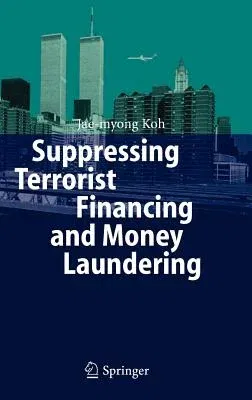When watching the collapse of the Twin Towers on CNN 11 September 2001,
the international community was awakened to the urgent needs of open
discussion to identify the emerging threat and the way to cope with it.
Given the unprecedented heinous nature of the incident, the moves that
the international community made were quick and included countermeasures
in various dimensions. One of the major countermeasures highlighted as a
result was to target the financial infrastructure of terrorist
organisations. In this campaign, diverse organisations have
participated, including the Security Council, Financial Action Task
Force (FATF), IMF, World Bank, etc. At the same time, various
methodologies have also been introduced at both the international and
national level. Such a consensus and mobilisation of - sources to one
end in the international community may be considered phenomenal in the
history of public international law, and without doubt merits an
in-depth analysis for both academic and practical purposes. In this
context, this book examines the evolution and implementation of int-
national standards on countering the financing of terrorism. There are
two dim- sions to be taken into account to understand the structure of
this book. The first is concerned with a sequential perspective. Given
that 9/11 has provided a critical momentum in this area, chapter 2 deals
with the international position prior to 9/11, whereas chapters 3, 4 and
5 analyse development following 9/11. The s- ond is related to a hard
law and soft law perspective.

